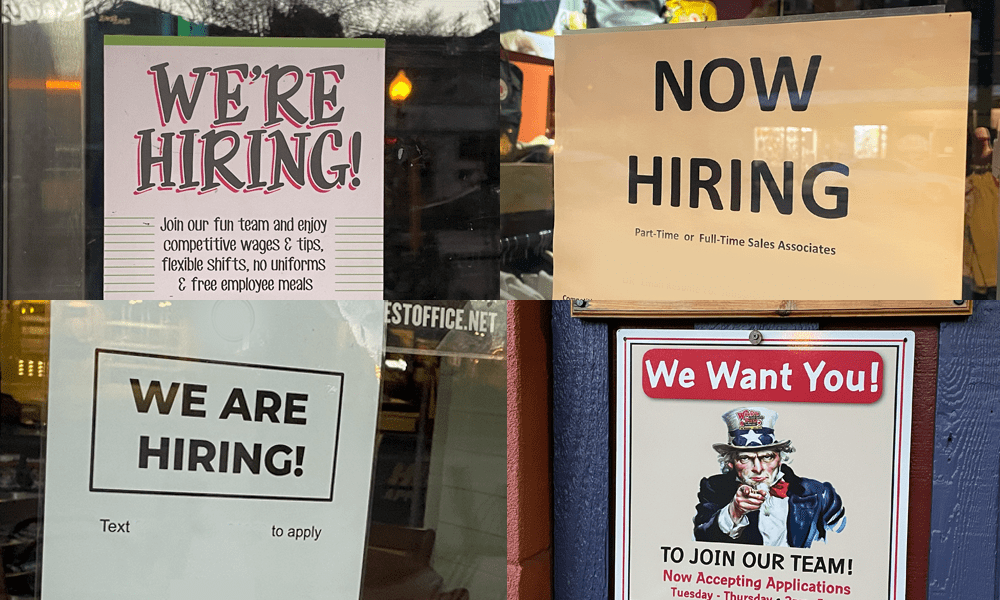If you’ve been watching the news, reading blogs, or even just chatting with your neighbor, the topic of worker shortages has definitely come up. The last few months have surprised everyone with the scale of the “Great Resignation”, where employees who want more control over their careers, better benefits, or just a break from employment have left their jobs to seek a new chapter in their career. This has been great for employees (starting salaries for entry-level workers are rising at the fastest rate since 2007), but has been a challenge for business owners and hiring managers.
So what do you do when you want to help customers, grow your business, and yet you’re struggling to fill positions? Of course, this is a great opportunity for companies who can afford to increase their salaries and benefits to do so. Talented employees come at a premium now, and it’s important to show them that you understand their worth. But there’s also an opportunity to challenge your staffing assumptions.
- Reduce your projects
It feels good to be busy, but busyness does not always signal productivity. If you’re pursuing ten projects at a time, consider how much faster your progress would be if you narrowed the scope to three or four projects? (Remember, “Your focus needs more focus.”) It’s possible that a few employees would have more time on their hands, but your customers would see results faster, which is the most important goal. It can also be beneficial to have some slack in your workforce, so that team members can respond to emergencies or brainstorm new ideas.
- Cross-train your employees
Many employees who left their jobs this year left to pursue new skills and opportunities. By giving existing employees the option to pair with other team members in other departments, you give them more opportunities for growth and development and you increase the versatility/adaptability of your staff. (Think “Circles and Squares”.) And by increasing your staff’s ability to move between roles and skills, it allows them to respond to the highest priority work (instead of whatever work your available employees have the specialties for). Plus, you know that person on your team who can never take a vacation because they’re the ONLY one who knows a certain system? You can pair someone with them to learn the system! Cross-training makes for a more resilient and more engaged workforce. Everybody wins.
- Set clearer success metrics
I’ve seen businesses put a heavy emphasis on hiring, despite the fact that they had under-challenged employees. Many businesses just lack the visibility into the work being done, forcing them to make assumptions about which team members are busy and which are free. Why ask for more capacity when you have unused capacity? Before you ask for more staff, make sure that your existing staff have clear goals and success metrics. You may have a performance or metric issue instead of a staffing issue. (Though this is not encouragement to micro-manage your staff. Visibility into capacity is good! Over-emphasis on productivity is bad.)
Take-Aways: Increase your staffing capacity and adaptability by scaling back the number of active projects you’re working, cross-training your employees, and setting and monitoring success metrics for your teams. By creating more flexibility and visibility in your processes, you can respond more easily to new customer demands.
Questions: Do you agree? Disagree? How do you know when you really do need staff vs. when you’re under-using your employee capacity? What lessons have you learned in gauging staffing levels? Any additional tips for utilizing existing staff?

